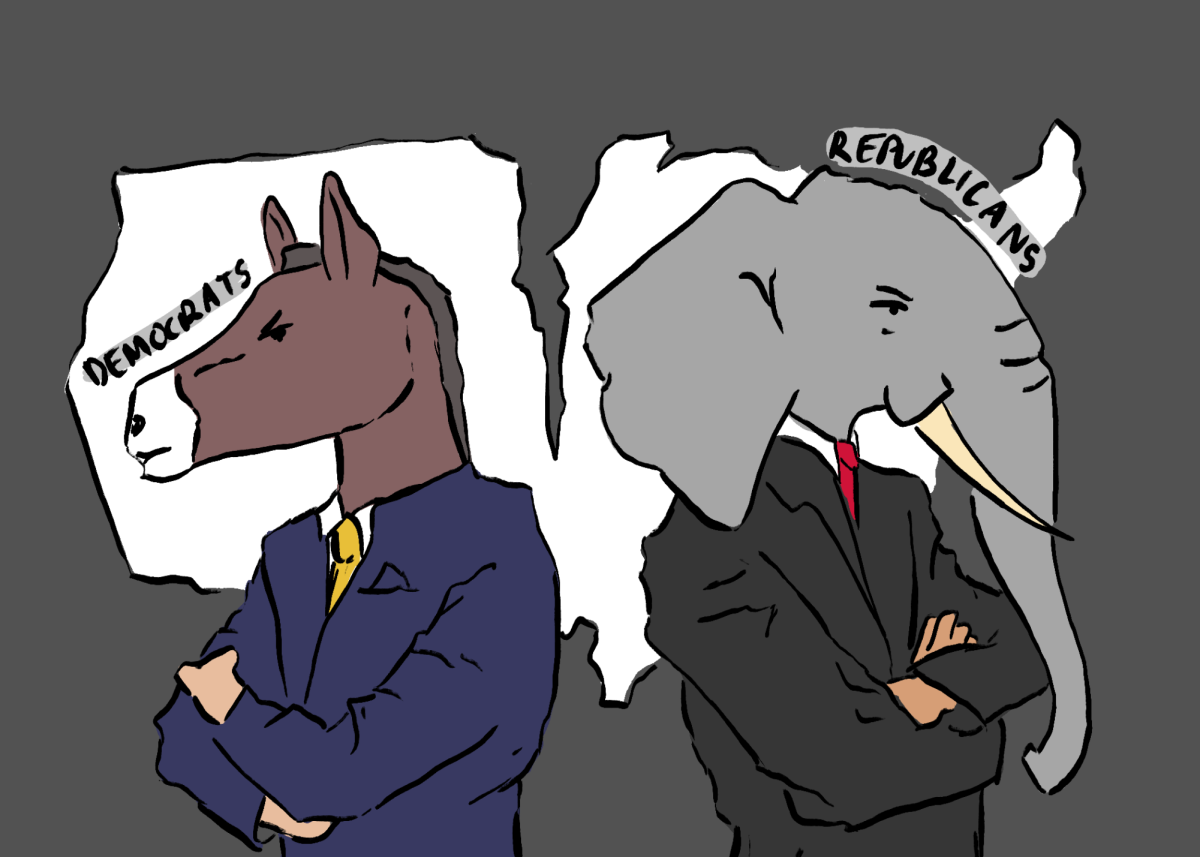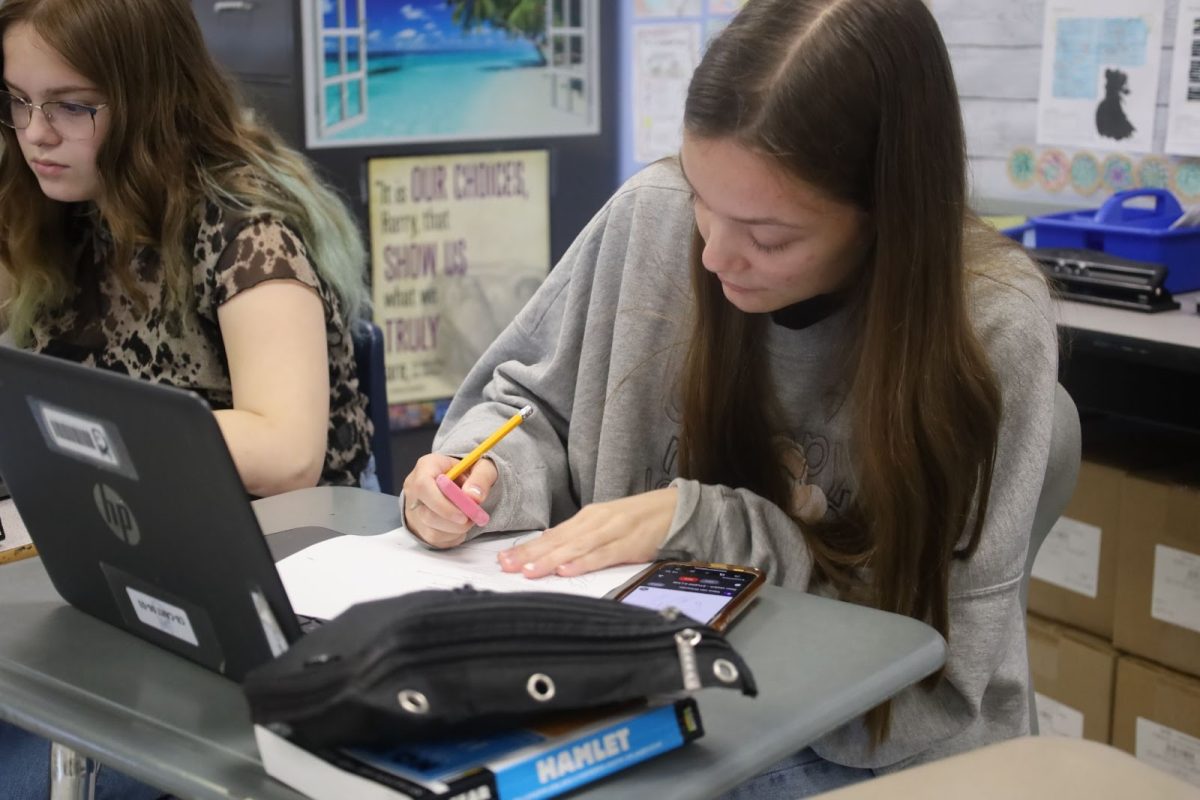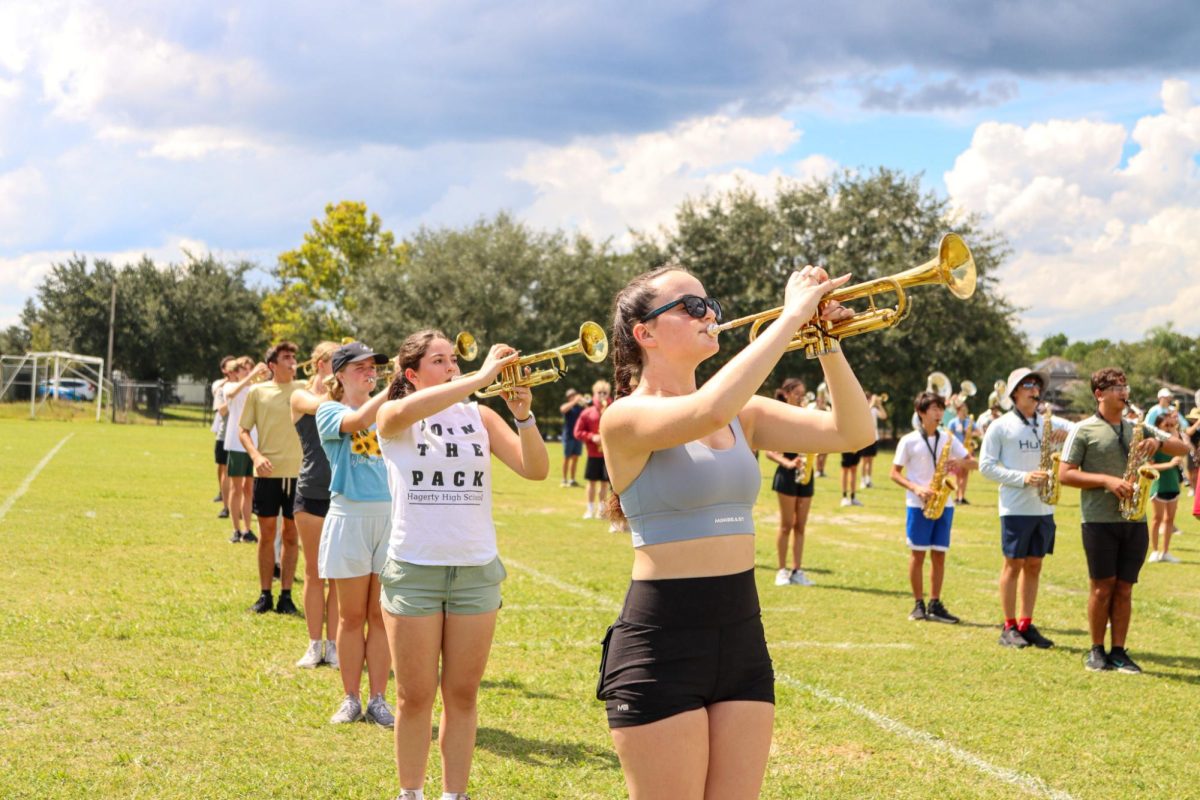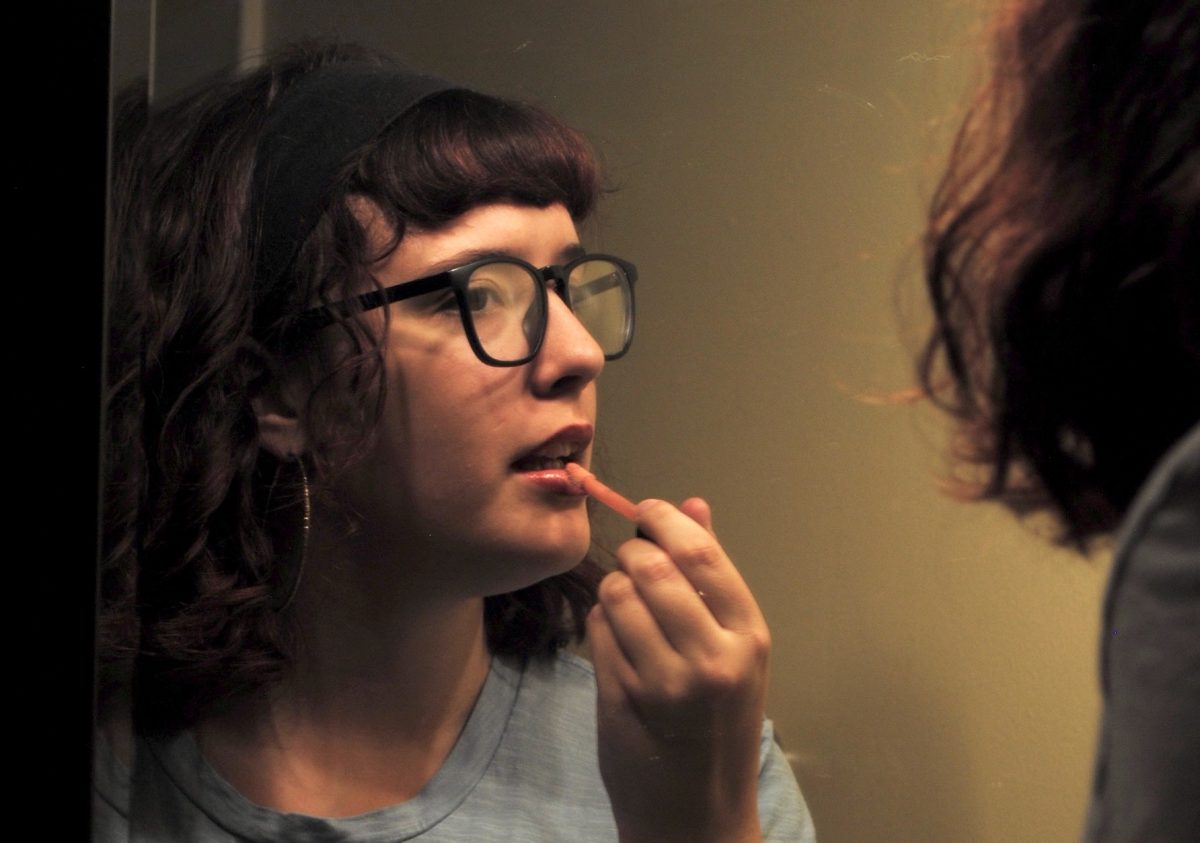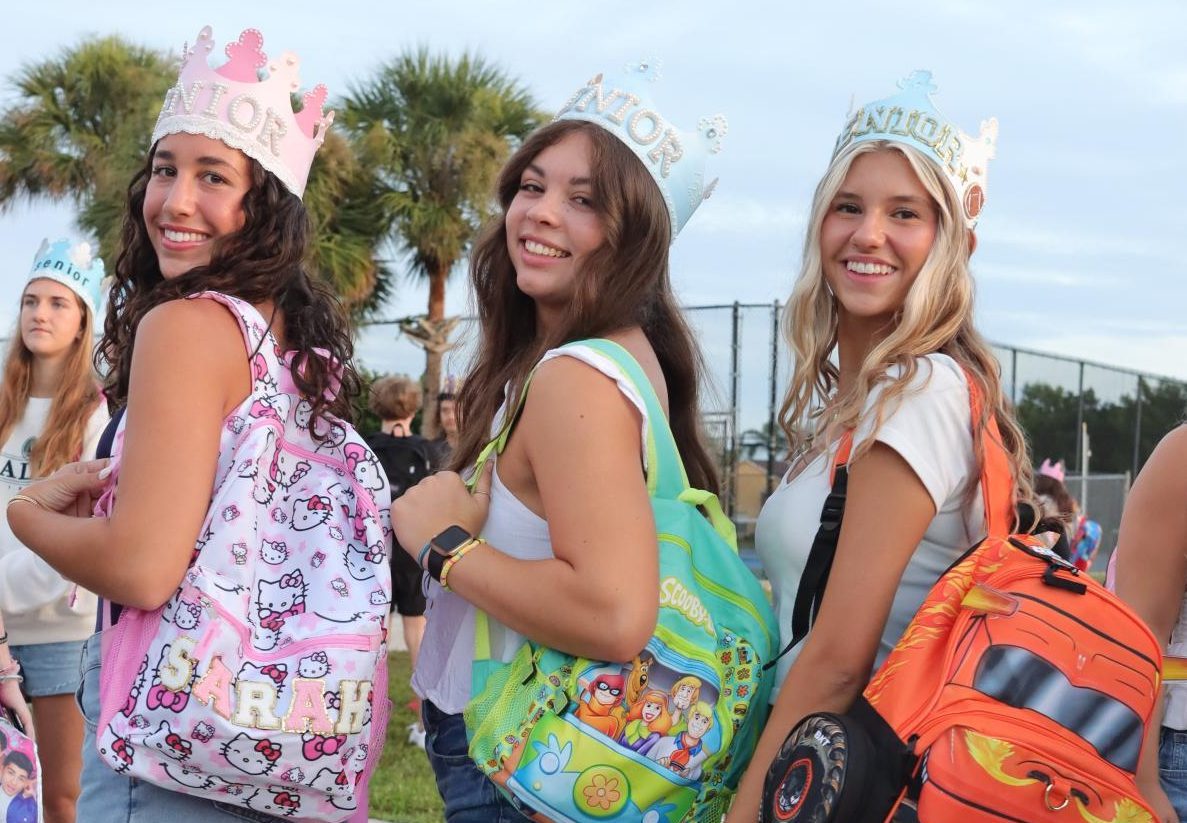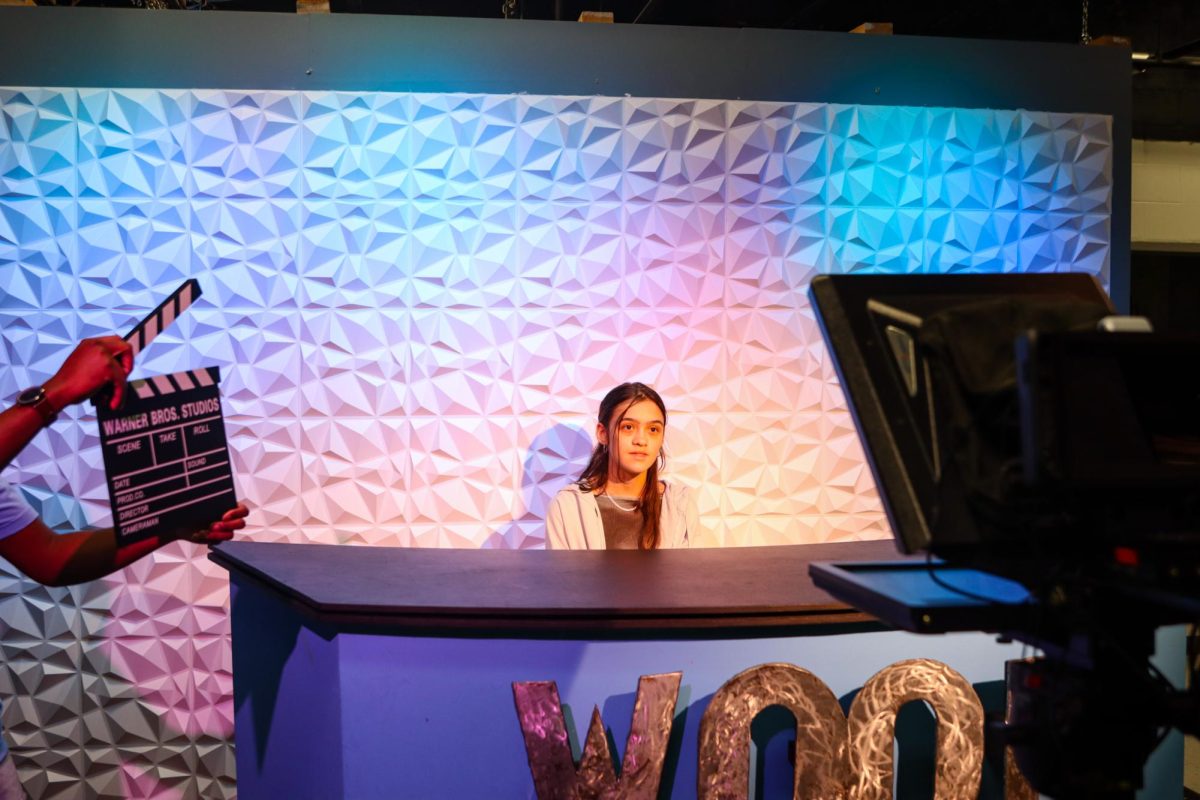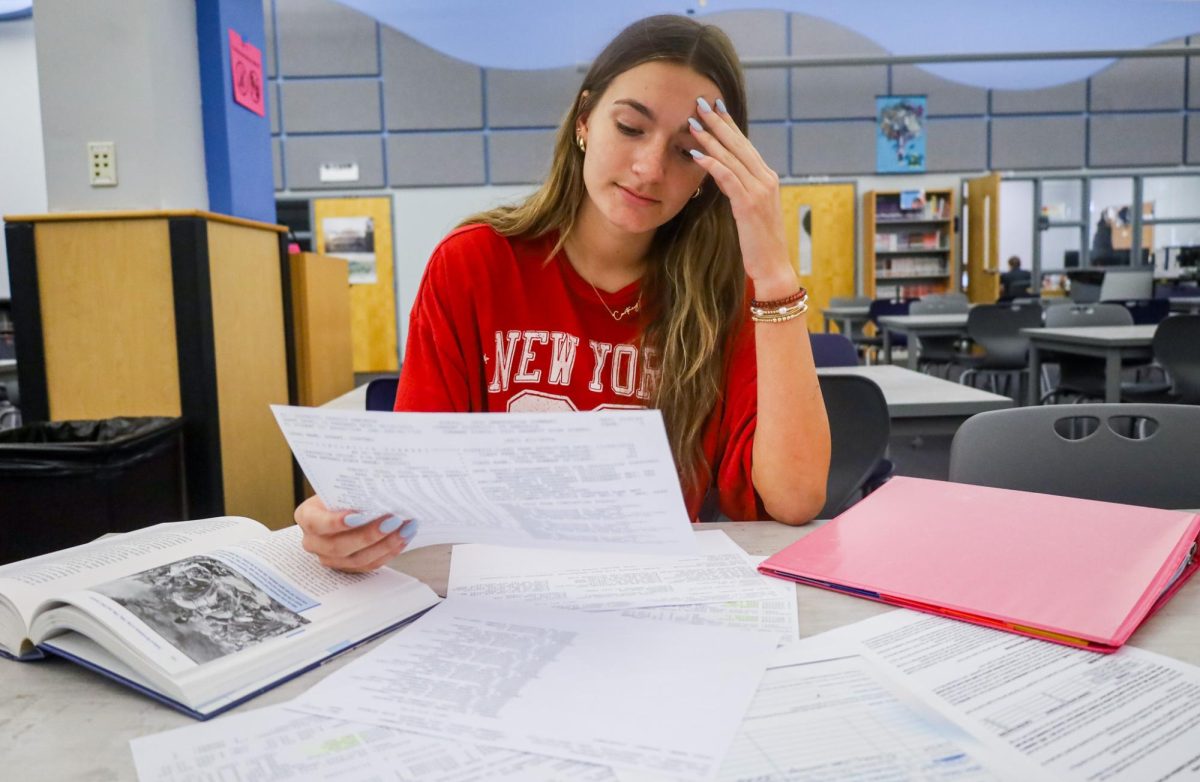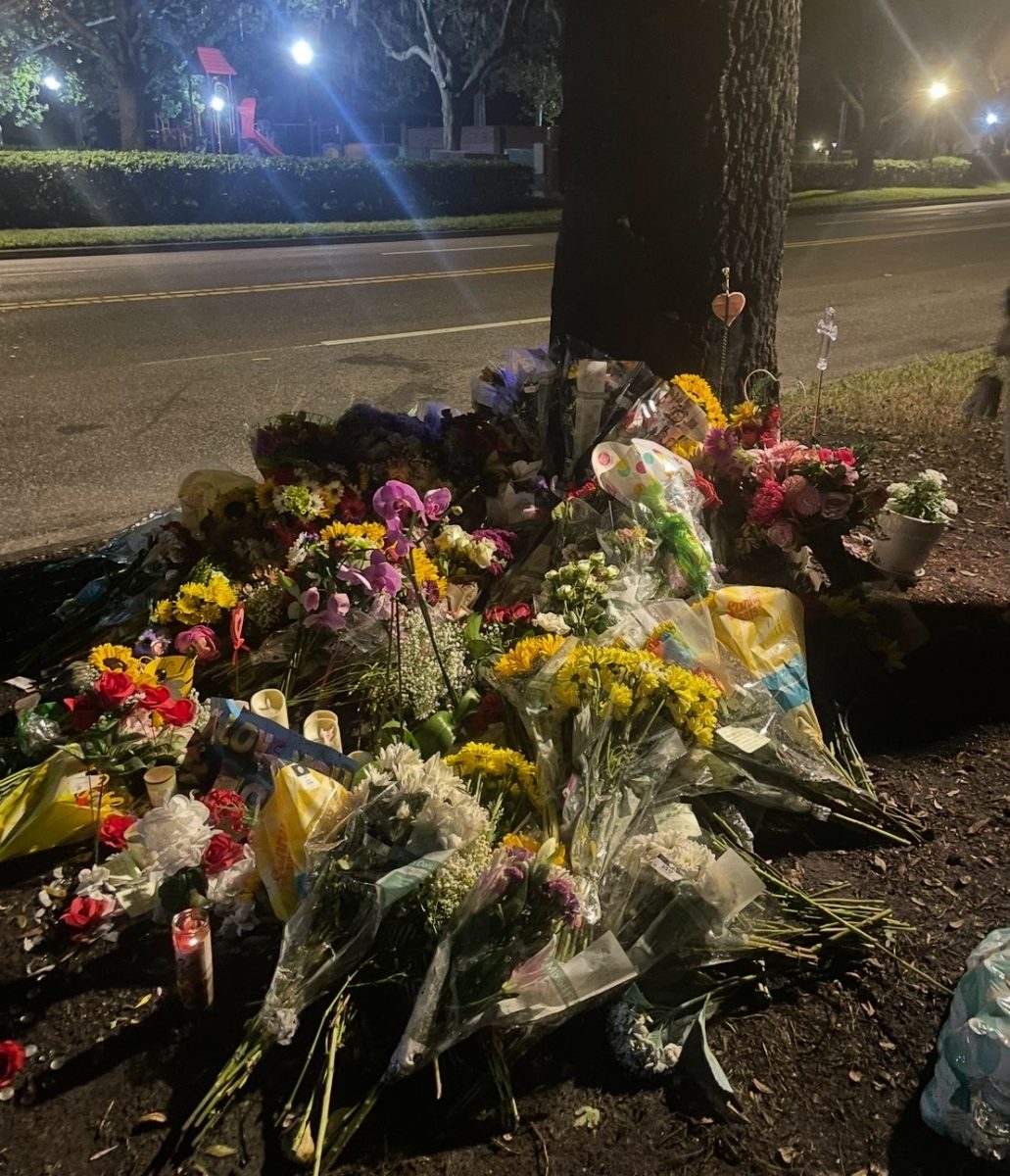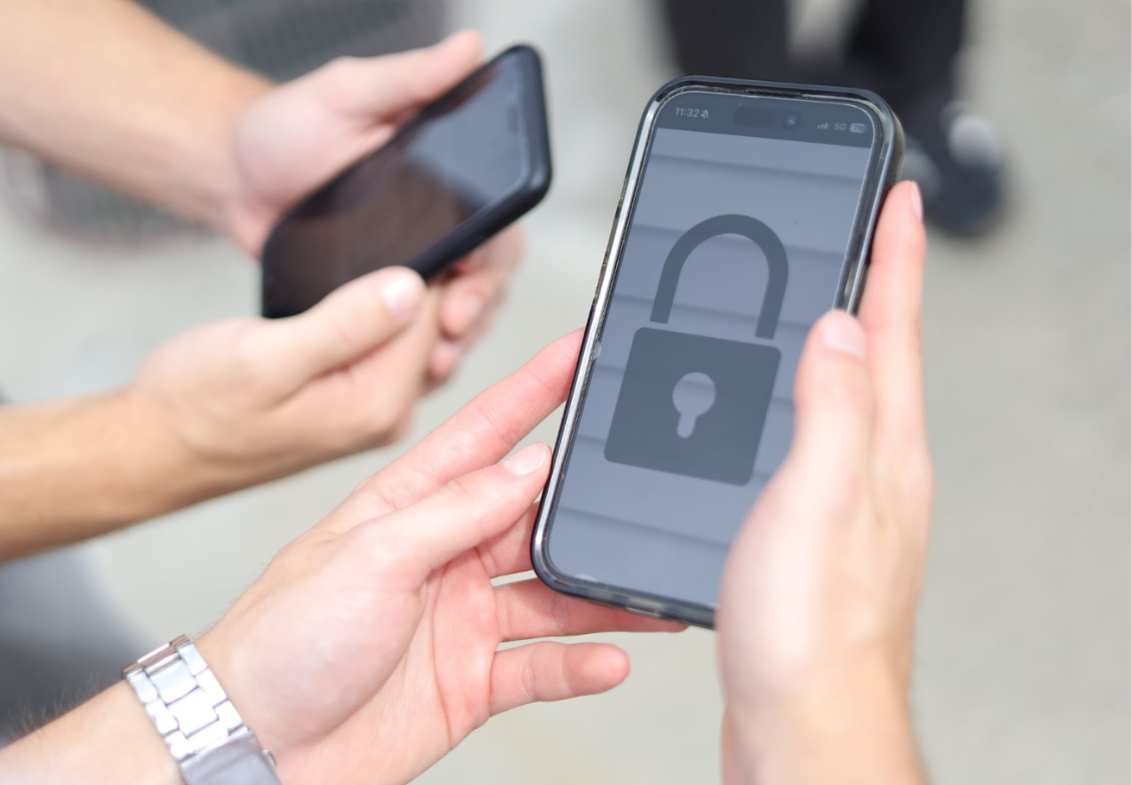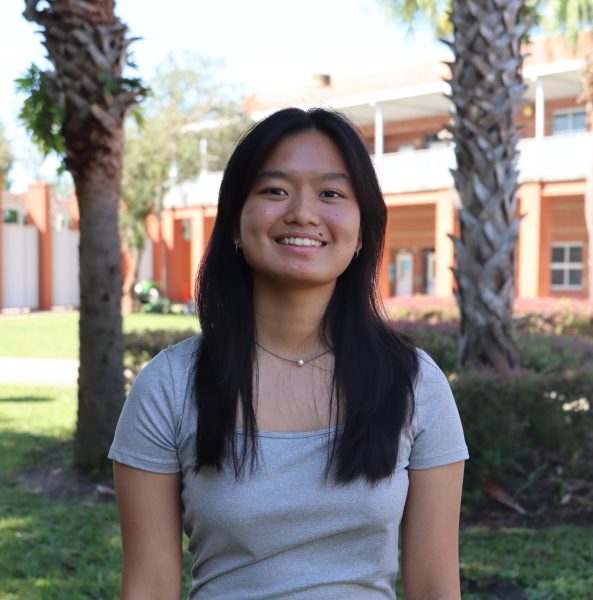In their AP Literature class, seniors Antonio Pizza and Jack Levin discuss their shared love of flip phones, the symbolism of the pear tree in Their Eyes Were Watching God and the latest Thinkpad updates. Listening to their amiable discourse, it may come as a surprise to some that they are the presidents of the Young Republicans and Young Democrats.
“Even though we don’t agree politically, we try to share each other’s thoughts,” Levin said. “I think a lot of times, we’re so stuck in our ways that we don’t realize that there’s eight billion other people who have different perspectives than ours. So seeing where they come from, even if we don’t agree on particular issues, [is important].”
While Pizza and Levin have been able to put aside their political differences, America as a whole can not say the same. According to a 2019 Pew Research study, unfavorable views of the opposing party have risen in recent years for both sides. 75 years ago, presidents like Harry While many Americans wave this juxtaposition off as the way things have always been, AP government teacher Matthew Malkovich is not so sure.Truman (D) and Dwight Eisenhower (R) could count on approval ratings that were similar for their party and the opposing party—68 to 59 for Truman; 89 to 58 for Eisenhower. These days, the gap has widened, with Biden enjoying an 83% approval rate from Democrats, contrasted to a meager 6% from Republicans during his term.
“With social media, people have information at their fingertips at any time they want,” Malkovich said. “All this access to information that we have 24/7, and people dig their trench, put their line in the sand.”
Although it would be impossible to blame social media as the sole perpetrator of polarization, AP US history teacher Amy Bingham notes that today’s political climate is especially divisive.
“We have seen an ebb and flow through history, [and] it is very polarized right now,” Bingham said. “I think it really is a reflection on our society…there are different rules of etiquette [as] society is more open and vocal, [and] our politicians are reflecting how people in society act.”
Since America’s birth in 1776, political polarization has been at the forefront of the founding fathers’ minds. In his farewell address, George Washington warned Americans against political parties, geographical divisions and involvement in foreign affairs. Throughout history, there have been countless times where his warnings have come dangerously close to fruition–the bitter Adams vs. Jefferson election, where both candidates used newspapers to spread rumors about the other; North-South tensions that escalated into the Civil War; the gap between the monopolists and factory workers of the Gilded Age.
“I am hoping that we see the pendulum swing back,” Bingham said. “Hopefully we can come together and agree to disagree on some things, rather than just, saying, ‘You stay in your corner, I’ll stay in mine,’ which is really where we’re at right now.”
Historically, the political system might look very different than in past eras, but honors government teacher Thomas Kreahling points to current candidates as a large cause of the current state of politics.
“When I was a kid at 18, participating in elections…with Romney vs. Obama and Bush vs. Gore, they were very civil in terms of how they treated each other,” Kreahling said. “The followers of the candidates [now], they don’t attack policy so much as they attack people and their character.”
Students notice this too, and Pizza has seen this firsthand in his social interactions.
“I’ve had long friends that I’ve known for 10 years all of a sudden go, ‘Oh, we don’t want to talk to you. How can you support this one person, etc. etc.,’” Pizza said. “It makes me upset because I feel like we can look past what we think in politics and what our beliefs are and make connections.”
For Levin, a proud wearer of his Democrat shirt, the key to civil conversations starts with acknowledging potential controversy.
“The main way [to keep things friendly] is just to avoid political discussion entirely, and try to talk about other more uncontentious things,” Levin said.
Malkovich agrees with him, emphasizing that the Constitution’s protection of free speech remains legitimate even when people’s opinions do not coincide.
“Everyone’s entitled to their opinion, right or wrong, left or right. That’s the beautiful thing about this country,” Malkovich said. “What my family does is not the same as what your family does, and that’s okay. I’m going to go about my business. I’m going to go about raising my kids, feeding my kids, taking care of my family.”
However, sometimes politics becomes an inevitable topic of conversation, especially during election season. In those situations, Bingham encourages her students to do proper research beforehand.
“People really need to dig into lateral reading–go and find a source, and dig into that source. [Ask yourself:] are they connected to something? Are they promoting a bias? Are they supporting a certain side or candidate?” Bingham said.
As a first-time voter, Levin prided himself in his objective research, regardless of his party affiliations.
“I did a fair amount of research into each of the amendments to see how both sides saw it, and I felt as though one side definitely matched my opinion better,” Levin said. “I [try to] get to the core of the issue rather than the headlines.”
While he is too young to vote this year, Pizza seconds Levin’s thoughts, using the Young Republicans Club to promote political awareness and tolerance.
“I tell everyone, you don’t have to be a Republican to be in the Young Republicans,” Pizza said. “We’ve actually had some people that are liberal come into our club, express their point of view, and we welcome it. We love that we don’t have an echo chamber.”
For Kreahling, objectivity is especially important as a teacher. Beyond the job implications of sharing his personal opinions, he wants students to make their own decisions based on the facts presented in his class.
“Every day we talk about current events and the election. I try to bring in the sample ballot to go over, and try to get kids as educated and excited about the rest of the ballot [besides the presidential candidates],” Kreahling said. “I’ve made it a game…I always make the kids do a poll on what party or who they think I voted for–if it’s a 50/50 split, [then] I did my job correctly.”
Above all, Malkovich stresses to his students, even those under voting age, to retain their unique voice in voting.
“Get out of echo chambers, get off of social media. Be true to yourself. [Only] you know your beliefs, your convictions,” Malkovich said.


